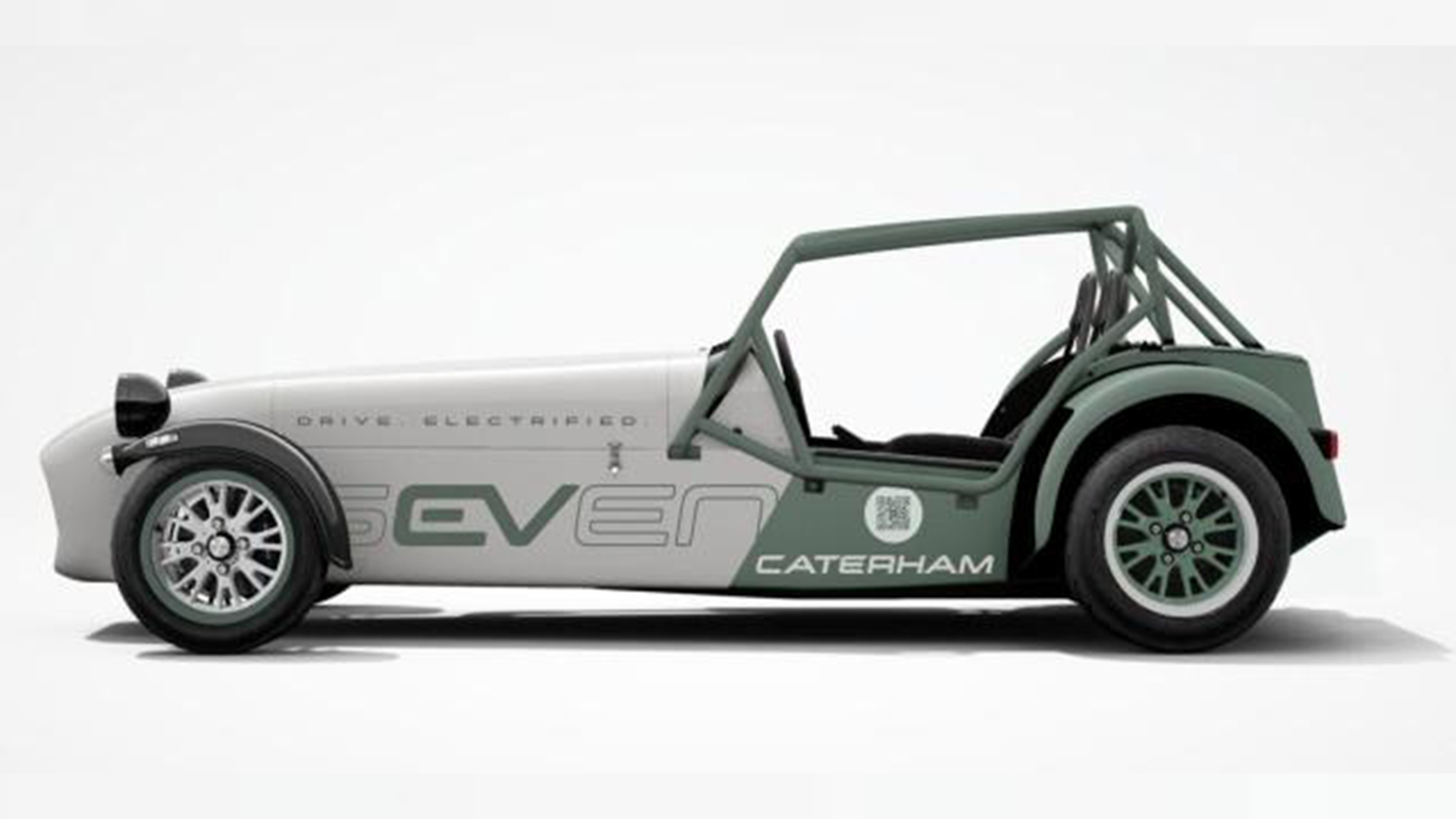

British lightweight sports car specialist Caterham has built an electric version of its tried and true Seven roadster called the EV Seven. The prototype, powered by a 51-kilowatt-hour battery pack of which 40kWh is usable, weighs less than 1,600 pounds despite this relatively big battery under the hood and in the transmission tunnel. That’s just 150 pounds more than a regular Seven, an impressive feat of design and engineering that proves electrification has potential in the world of track-focused sports cars.
Caterham did not provide details of the battery pack’s chemistry or voltage, but I’ve reached out to try and learn more. It did say the single rear-mounted motor provides 240 horsepower and can propel the Seven to 60 miles per hour in just four seconds, though.
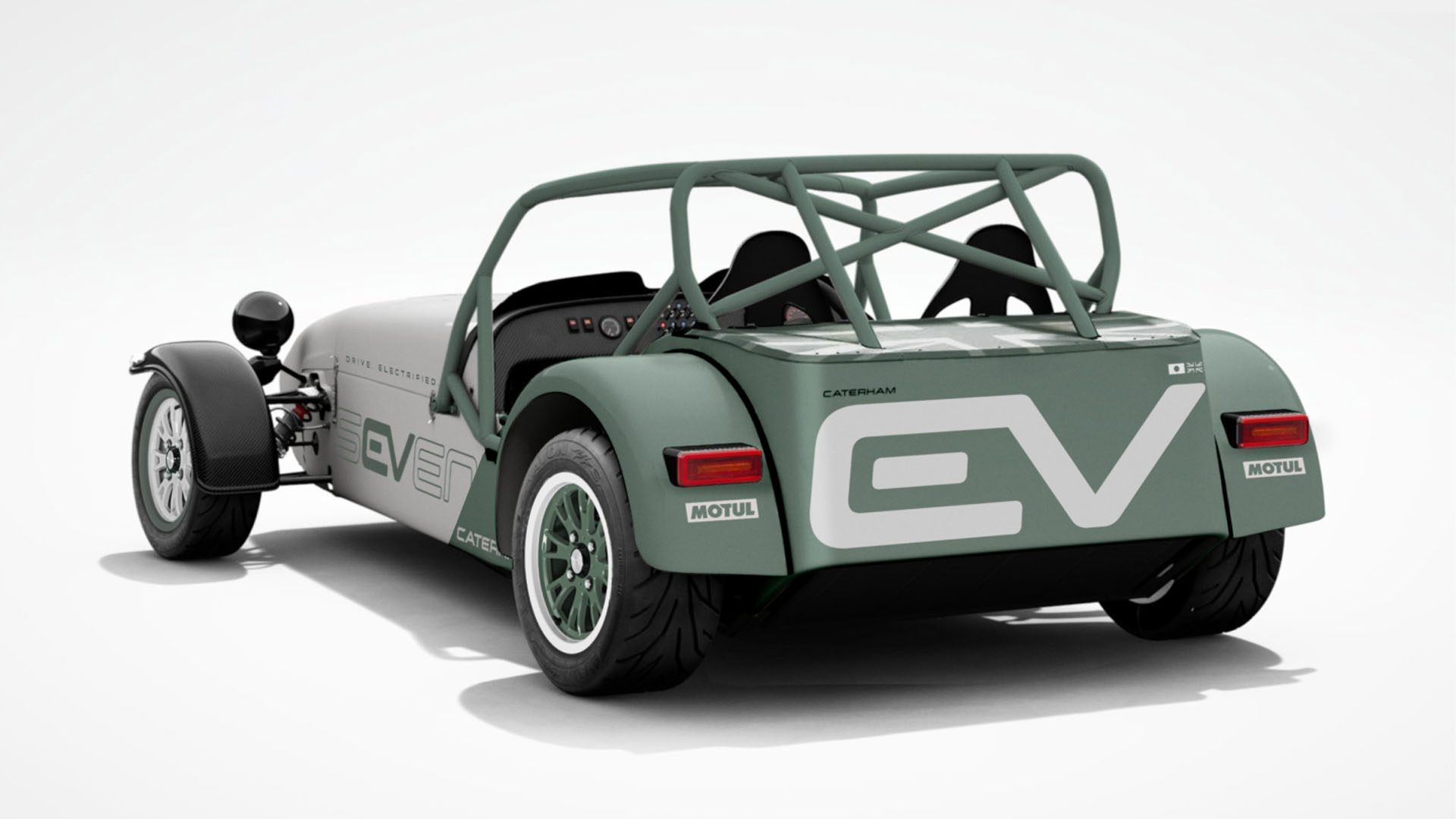
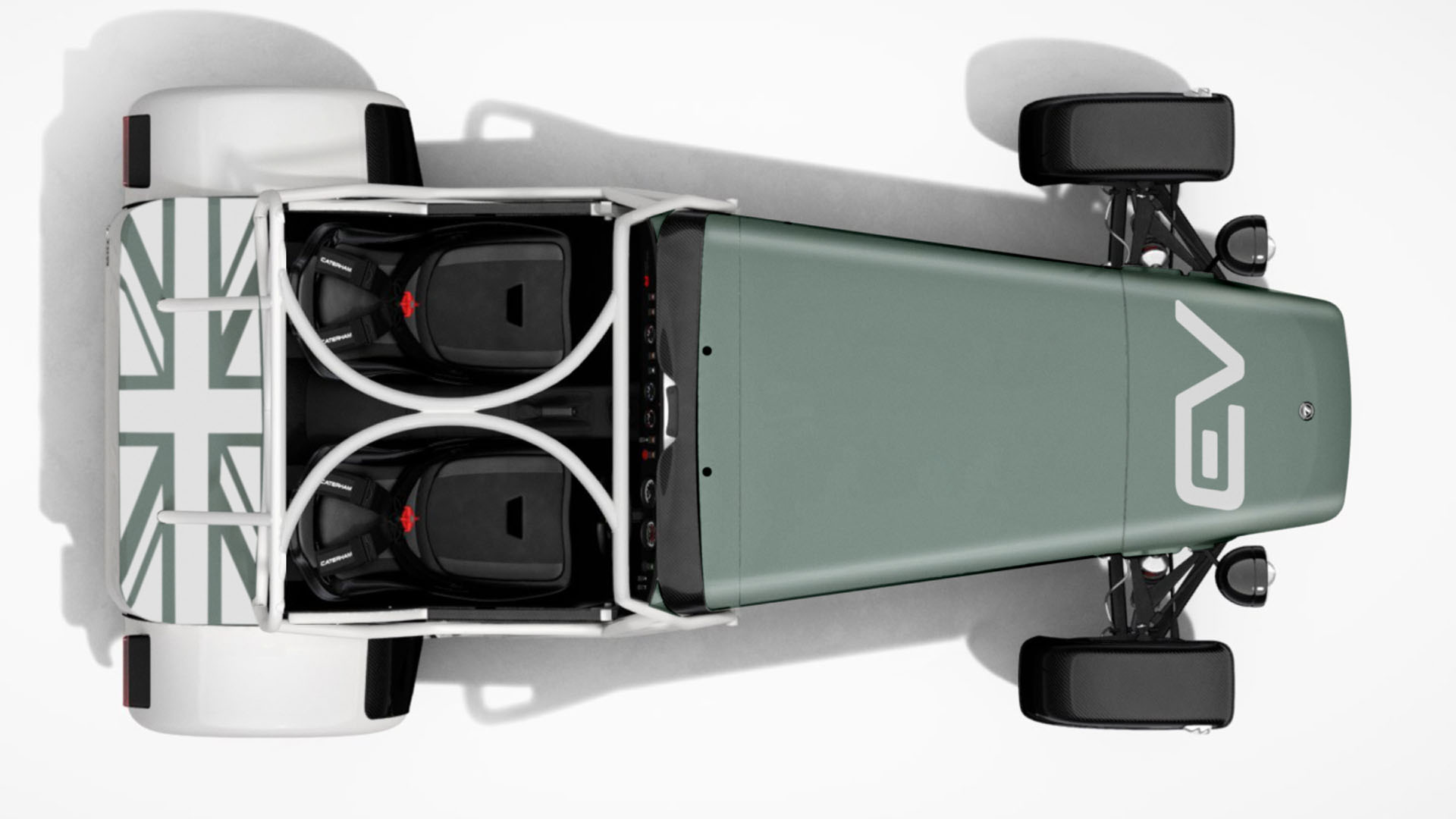
The really interesting engineering has to do with the pack itself. The cells are totally immersed in a dielectric fluid which provides cooling. This fluid could be anything from ATF to mineral oil. Whatever it is, it does not conduct electricity, which means it can completely immerse live batteries without any potential for shorts. Since the fluid’s contact area with the cells is nearly perfect, the battery achieves high charge and discharge performance. The Seven EV can be juiced up in just 15 minutes at 152kW charging speeds for 20 minutes of full-throttle runtime.
A range number was not specified, although even if the Seven EV is extremely inefficient, a range of around 100 miles could realistically be achieved on public roads. Although the Seven isn’t particularly aerodynamic, the relatively big battery isn’t hauling around much weight and the motor isn’t immensely powerful.
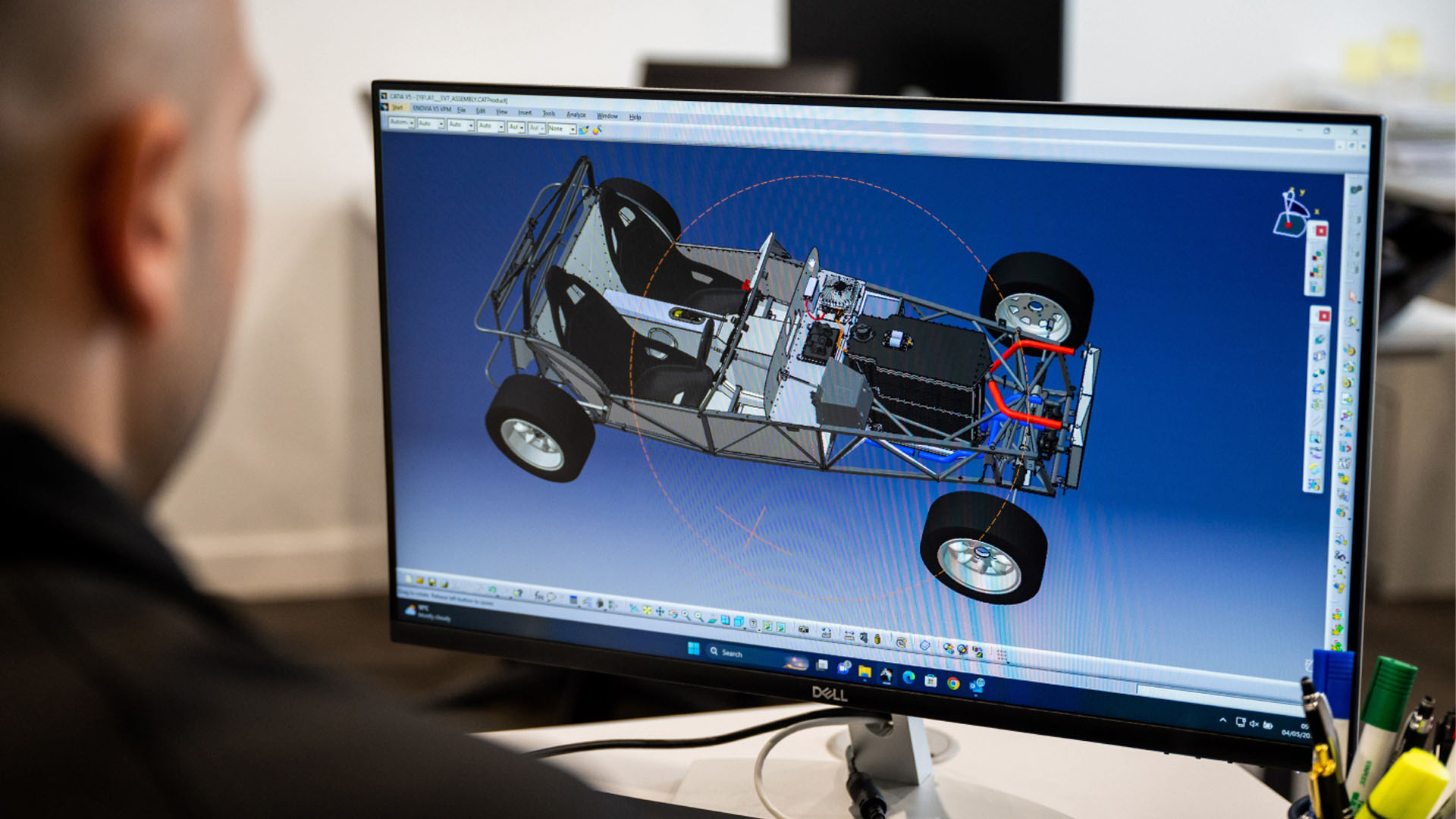
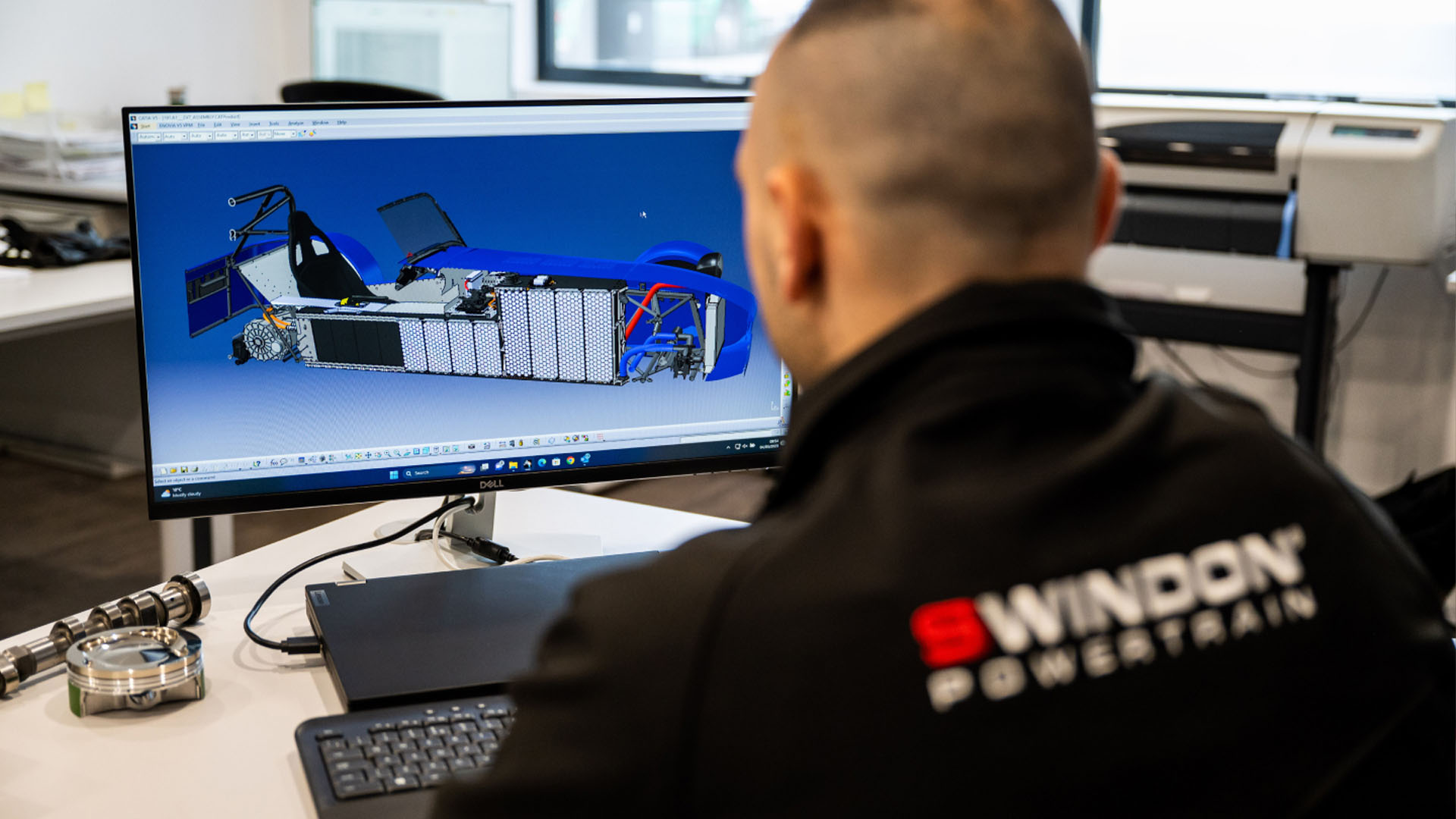
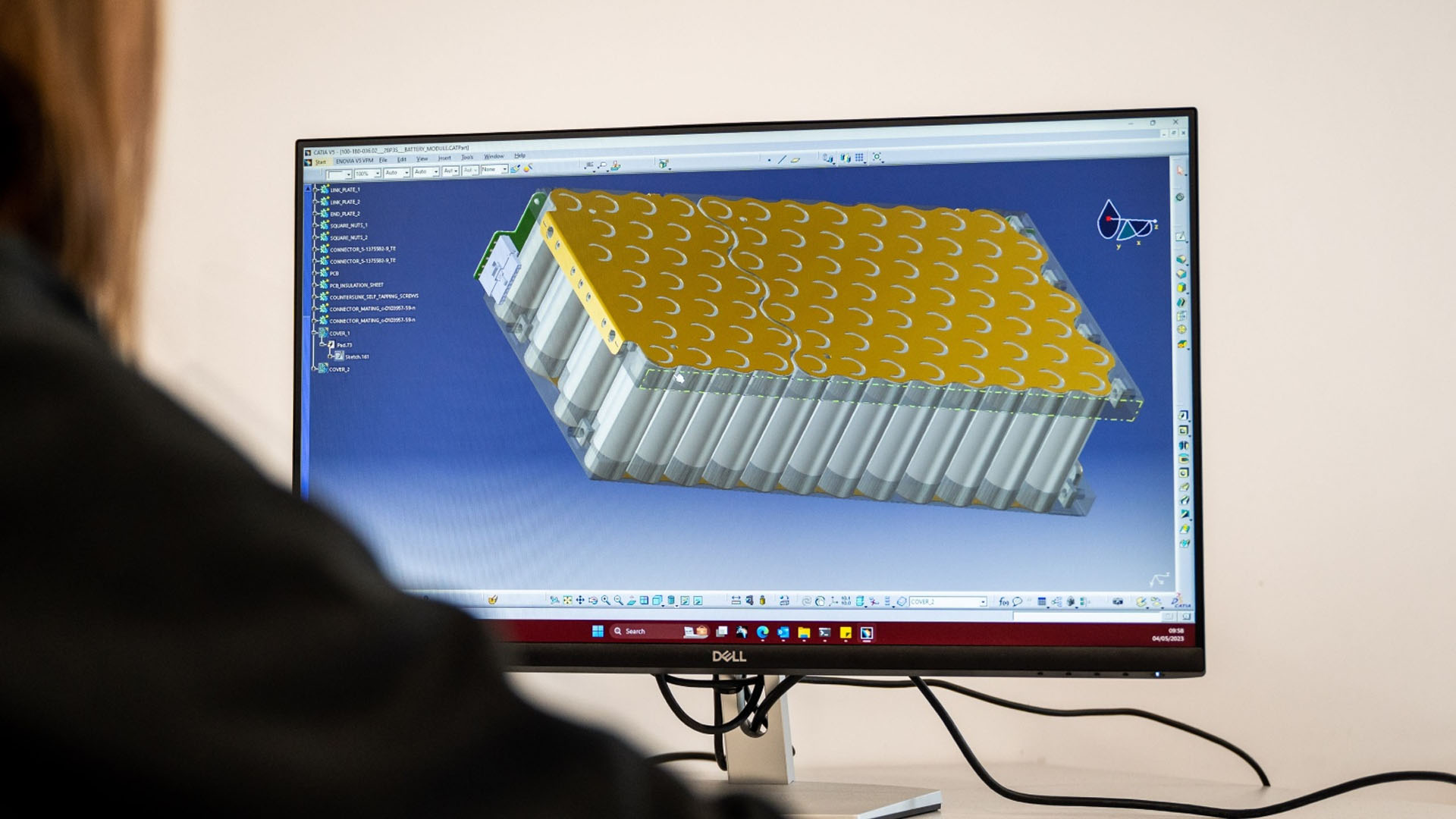
Caterham says it isn’t interested in making a Seven that weighs more than 2,000 pounds, and even this early prototype comes in well below that limit. Bob Laishley, CEO of Caterham, said that while this early model is not for sale, a later electric Seven can be expected when battery technology improves. In other words, once a BEV Seven can be made as light, cheap, and exciting as its ICE counterpart, he’ll be all over it. Until then, Caterham will keep chugging along on hydrocarbons.
Got a tip or question for the author? Contact them directly: peter@thedrive.com